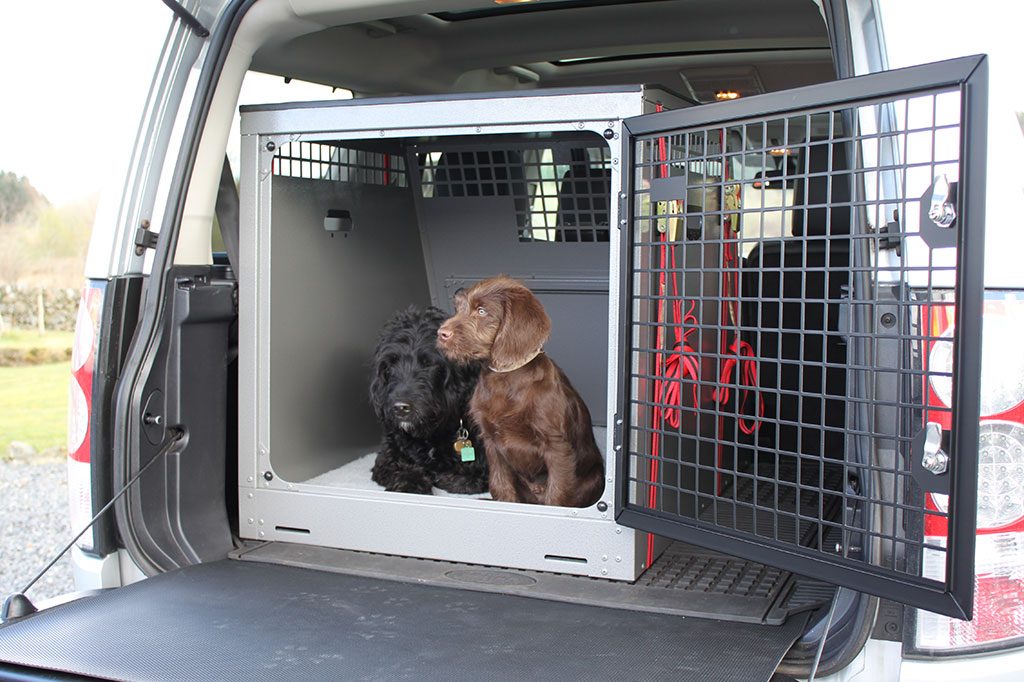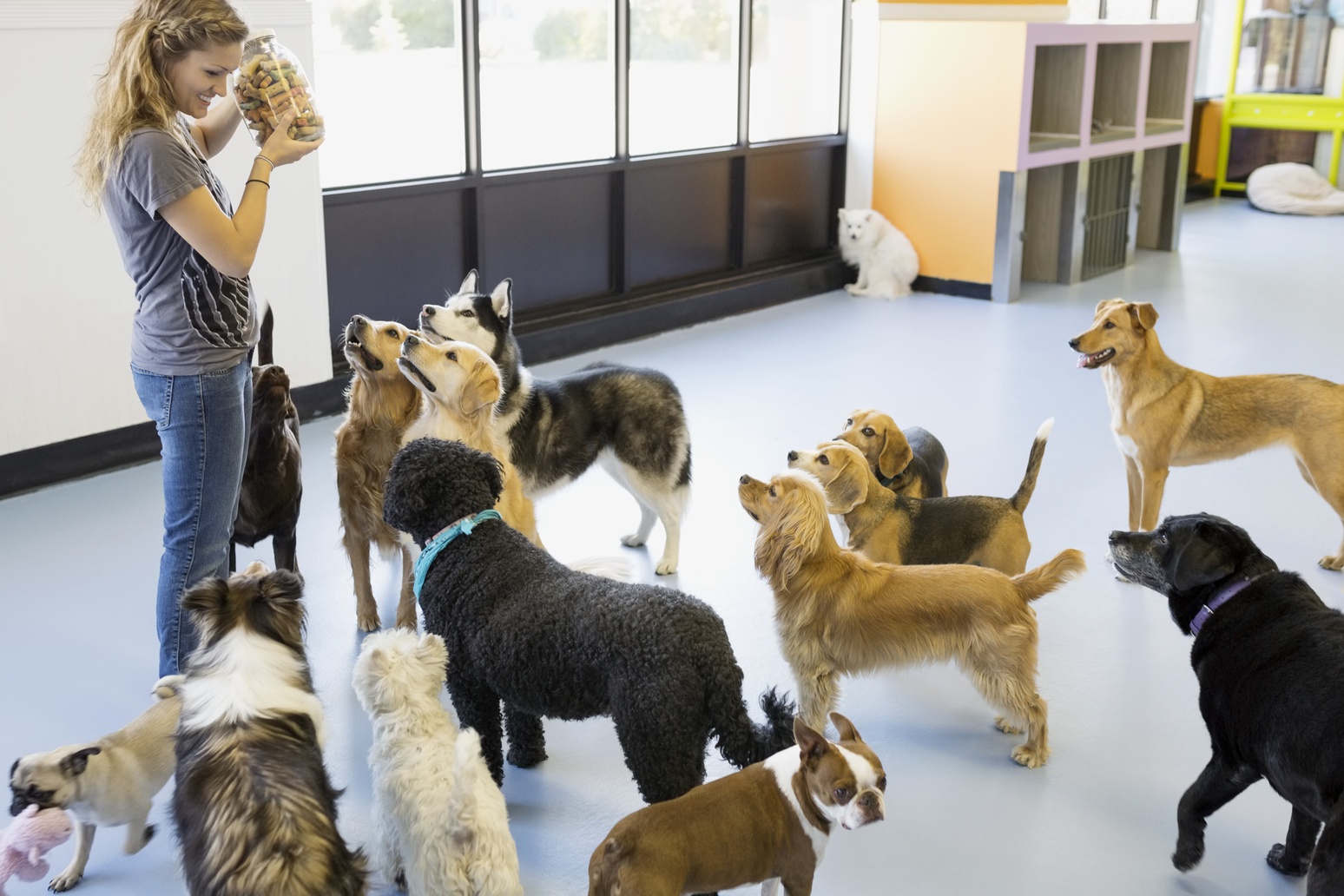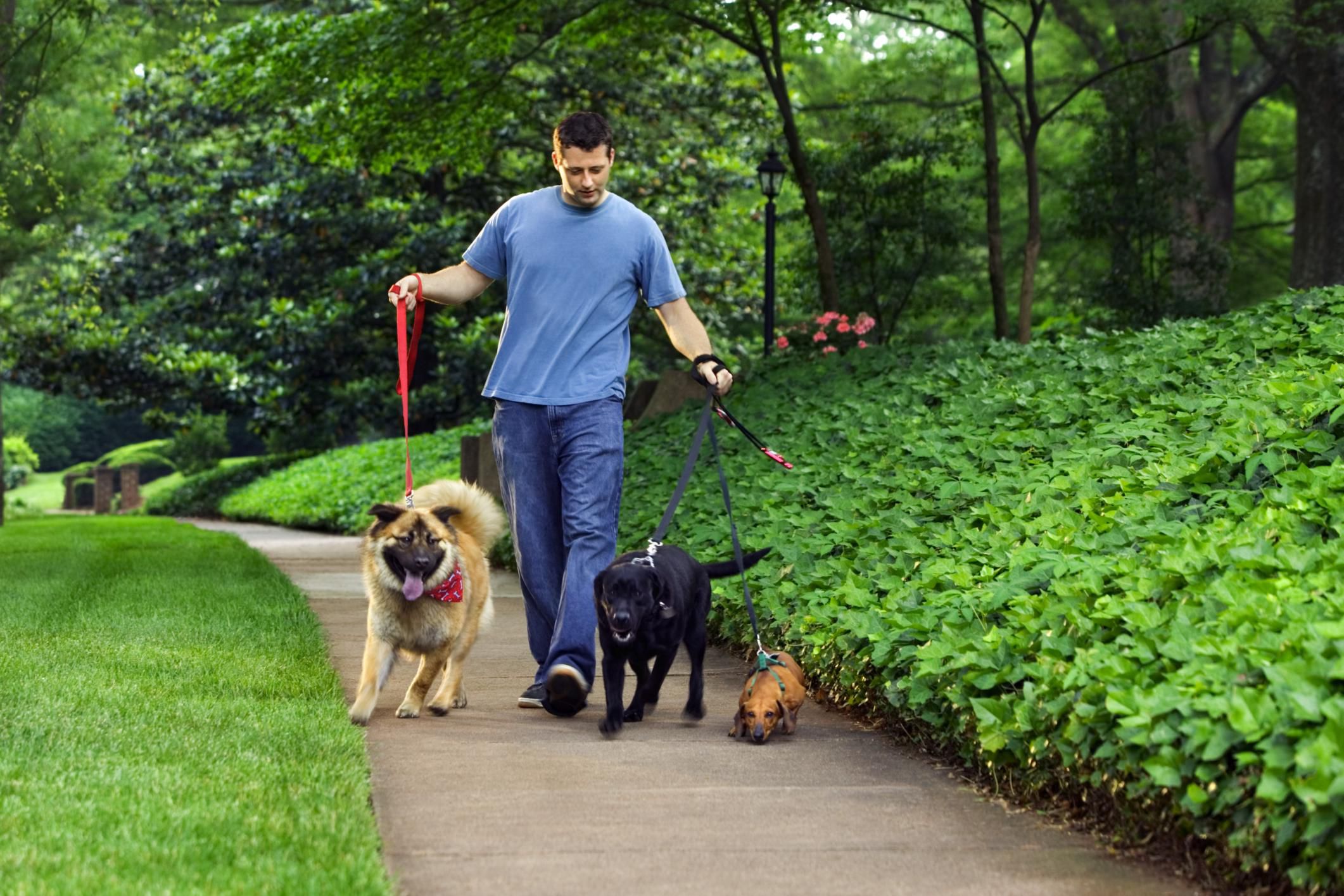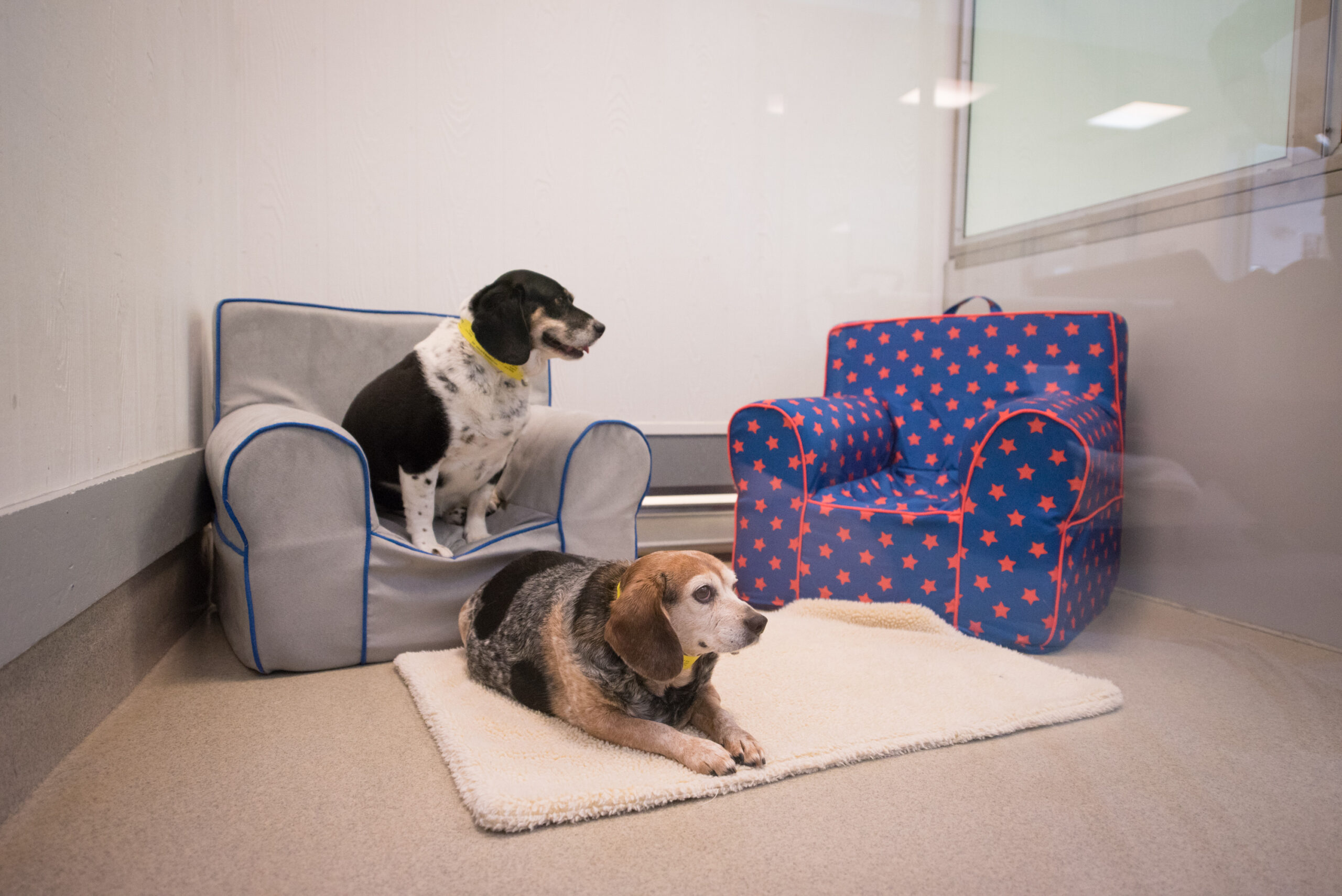Pet treats are more than just rewards. They reflect how much we care about our pets’ health and well-being. Whether you’re training a puppy, rewarding good behavior, or just showing affection, the treats you choose matter. With a sea of options on the market, it can be tricky to know which treats are healthy and which ones might be harmful. This guide will help you feel confident the next time you are shopping for pet treats that support your furry friend’s health instead of undermining it.
Why Choosing the Right Pet Treats Matters
Just like humans, pets can be sensitive to what they consume. Low-quality treats with artificial additives or excessive sugar can lead to weight gain, allergies, or chronic health conditions. Healthy pet treats support digestion, energy, and even dental health when chosen wisely. That’s why many pet owners are turning to trusted providers like pet treat services in St. Petersburg, FL, who focus on safe, natural, high-quality ingredients.
What Makes Pet Treats Healthy?
When it comes to picking the best pet treats, it’s essential to look beyond branding or price and focus on ingredients, sourcing, and processing.
1. Simple, Natural Ingredients
The fewer the ingredients, the better. Look for treats with whole food components like real meat, fish, vegetables, or fruits. Healthy pet treats should not contain artificial preservatives, synthetic colors, or excessive fillers.
2. Rich in Nutrients
The best treats provide nutritional benefits. Many healthy options include added vitamins, omega-3 fatty acids, or fiber. These can support skin health, improve digestion, or even help your pet’s coat shine. More than just a reward, they contribute positively to daily nutrition.
3. Trusted Sourcing & Manufacturing
Pay attention to where treats are made. Choose brands that produce treats in countries with strict safety and food standards. Stay informed by checking labels and, when possible, supporting local companies such as a pet treat company in St. Petersburg, FL. These businesses are often transparent about sourcing and committed to quality.
Common Ingredients to Avoid in Pet Treats
Not all treats are made equally. Some low-cost treats can contain harmful substances that negatively impact your pet’s health. Here’s what to avoid:
- Artificial Preservatives: Chemicals like BHA, BHT, and ethoxyquin have been linked to health concerns.
- Excessive Salt or Sugar: While tempting for pets, too much sugar or sodium can lead to obesity and organ strain.
- Meat By-products or Rendered Fat: These are often low-grade ingredients that lack nutritional value and are difficult to digest.
- Chemical Flavor Enhancers: If the flavor has to be artificially boosted, it might not be coming from real food.
Understanding Different Types of Pet Treats
With so many forms of pet treats available, it’s important to know how each type fits into your pet’s lifestyle:
- Dental Treats: Help reduce plaque buildup and freshen breath.
- Chewy Treats: These are great for teething puppies or dogs who like to gnaw.
- Training Treats: Small, low-calorie bites that make excellent rewards during training sessions.
- Functional Treats: Designed to support health conditions, like hip and joint support or calming anxiety.
When choosing, match the treat type to your dog’s needs and preferences. And when in doubt, consult your vet or trusted providers like pet treat services in St. Petersburg, FL for options tailored to local pets’ needs.
How Many Treats Are Too Many?
Even healthy pet treats should not make up more than 10% of your pet’s daily caloric intake. Overfeeding treats, including premium ones, can contribute to weight gain. Measure out treats or break them into smaller pieces during training to stay within a healthy range.
Natural Alternatives You Can Try at Home
If you prefer DIY options, consider these healthy, single-ingredient treats:
- Sliced carrots or apples (without seeds)
- Freeze-dried chicken or liver
- Soy-free peanut butter (in moderation)
Always introduce new foods gradually and check with your veterinarian before adding human foods into your pet’s diet.
FAQs
1. What is the healthiest type of pet treat?
Natural treats made from real animal protein or vegetables with no artificial additives are generally the healthiest. Freeze-dried meat or single-ingredient options are excellent choices.
2. Can I give my dog human food as a treat?
Some human foods, like carrots, apples (seed-free), and plain cooked chicken, can be safe in small amounts. However, avoid foods like grapes, chocolate, and anything with added salt or sugar.
3. How often should I give pet treats?
Treats should only make up a small part of your pet’s daily diet, no more than 10% of total intake. Reserve treats for reward-based behaviors or special occasions.
4. Are grain-free treats healthier?
Not necessarily. While grain-free treats may benefit pets with grain allergies, the nutritional value depends more on overall ingredients and quality than grain inclusion alone.
5. Are local pet treat companies better?
Often, yes. A local pet treat company in St. Petersburg, FL may offer fresher, more transparent, high-quality options than mass-produced supermarket brands. These companies typically prioritize ethically sourced and nutritious recipes.
Final Thoughts
The right pet treat isn’t just delicious, it is nutritious and deeply connected to your pet’s long-term health and happiness. Always read labels, prioritize natural ingredients, and support local businesses when possible. Whether you are purchasing treats or making homemade snacks, the choices you make today can keep your pet healthier tomorrow.
By choosing the right pet treats, you are not only rewarding good behavior but also reinforcing your dedication to your pet’s well-being and trust. PUP Mobile believes in responsible pet care every step of the way !












